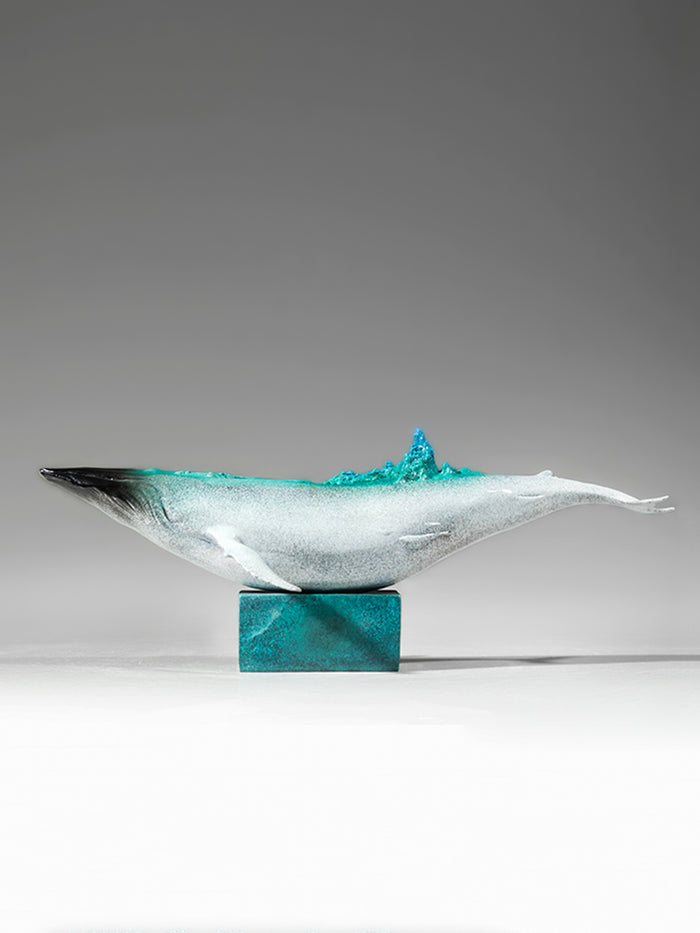
。
# Chinese Craftsmanship: A Timeless Legacy of Artistry and Skill
## The Rich Tapestry of Chinese Crafts
For thousands of years, Chinese crafts have embodied the nation’s cultural spirit, blending artistic expression with practical functionality. From delicate porcelain to intricate embroidery, these traditional crafts represent not just objects of beauty but living connections to China’s profound history and philosophy.
## Porcelain: The White Gold of the East
Chinese porcelain, known as “china” in the West, stands as one of the most significant contributions to global material culture. The techniques developed during the Song, Yuan, Ming, and Qing dynasties reached unparalleled levels of sophistication.
Key characteristics of Chinese porcelain include:
– The famous blue-and-white designs of the Yuan dynasty
– The exquisite famille rose palette of the Qing period
– The delicate celadon glazes perfected in the Song dynasty
Keyword: Chinese crafts
## Silk and Embroidery: Threads of Imperial Splendor
Chinese silk production dates back to at least 3000 BCE, with sericulture becoming a closely guarded state secret for centuries. The development of embroidery techniques transformed silk into breathtaking works of art.
Notable regional embroidery styles include:
– Suzhou embroidery: Known for its fine, delicate stitches
– Hunan embroidery: Famous for its tiger designs
– Sichuan embroidery: Celebrated for its vivid colors
– Guangdong embroidery: Renowned for gold and silver thread work
## Lacquerware: Layers of Perfection
The Chinese lacquer tradition represents one of the oldest continuous craft practices in human history. Using sap from the lacquer tree, artisans built up countless layers to create objects of remarkable durability and beauty.
Distinctive techniques include:
– Carved lacquer (diaoqi) with intricate relief designs
– Inlaid lacquer with mother-of-pearl or gold
– Painted lacquer with elaborate pictorial scenes
## The Living Tradition of Chinese Craftsmanship
Today, master craftsmen continue these traditions while adapting to contemporary contexts. Government initiatives and growing international appreciation help preserve these arts for future generations. Chinese craftsmanship remains not just a historical legacy but a vibrant, evolving practice that continues to inspire awe and admiration worldwide.
Leave a Reply